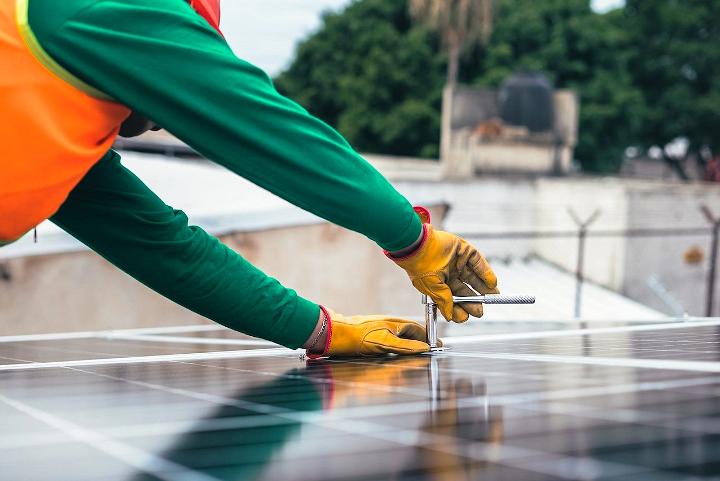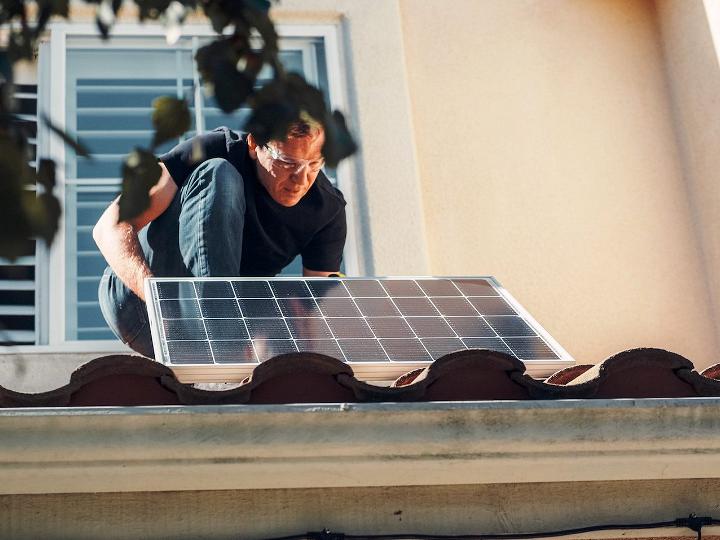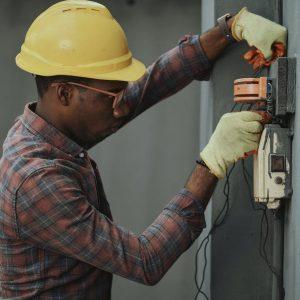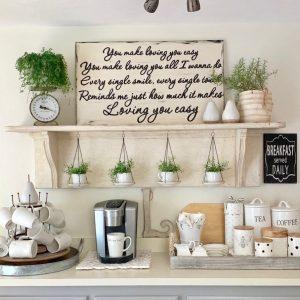Are you interested in installing solar panels on your home but don’t know where to start? Installing solar panels can seem like a daunting task, but with the right advice, it can be a breeze. In this blog post, we will discuss simple DIY solar panel installation tips from the pros. With these tips, you’ll be able to install your own solar panels in no time!

DIY solar panel installation – Professional tips on how to do it right
Should you be doing this on your own? Technically, you should not. The process of connecting your solar panel system to the power grid is not something that should be taken lightly. This is a job for a professional electrician. However, if you are comfortable working with electricity and are confident in your abilities, then you can certainly install the panels yourself. Just be sure to follow all safety precautions and consult with a professional if you have any issues or questions. Furthermore, experts from the Cincinnati Solar Company say that the average homeowner can save up to 20% by doing the installation themselves. DIY solar panel installations will also net you valuable experience that will come in handy if you ever decide to expand your system or sell your home.
What you need to know before you start
Before you begin, there are a few things you need to take into account. First, you will have to check and see if your home can actually support solar panels. This means taking into consideration the following factors:
- The amount of sunlight that hits your roof
- The type of roof you have
- The orientation of your home
Additionally, you will want to calculate the amount of electricity you use on a monthly basis. This will give you a good starting point for determining how many solar panels you will need to install. Once you’ve determined that your home is suitable for solar panels, you need to decide what type of system you want to install.
Knowing the main types of solar panel systems
In today’s market, there are three main types of solar panel systems, grid-tie, off-grid, and hybrid solar panel systems. A grid-tie solar panel system is the most common type of system. As the name suggests, this type of system is tied to the power grid. This means that when your solar panels produce more electricity than you need, the excess electricity is sent back to the grid. Conversely, if your solar panels are not producing enough electricity, you can draw power from the grid. Off-grid solar panel systems are not tied to the power grid. This type of system is typically used in remote areas where it is not possible to connect to the power grid. A hybrid solar panel system is a combination of a grid-tie and an off-grid system. This type of system has a backup battery that can be used when the power goes out or when the solar panels are not producing enough electricity.
Tools and materials you’ll need
The first step is to gather all of the tools and materials you’ll need for the job. This includes solar panels, mounting brackets, an inverter, batteries (if you’re installing an off-grid or hybrid system), wiring, and solar panel connectors. You can purchase all of these items online or at your local hardware store. Additionally, you will need a ladder, drill, and screwdriver. Now that you have all of the tools and materials you need, it’s time to start installing your solar panel system!

Installing the solar panels
Once you have all of the necessary materials, you’re ready to start installing the solar panels. The first step is to mount the solar panels to your roof. This can be done with either roof-mounted brackets or ground-mounted racks. Once you have all of the panels in place, you’ll need to connect them to the inverter before making the final steps. Finally, you’ll need to connect the inverter to the batteries (if you’re installing an off-grid or hybrid system) or to the power grid (if you’re installing a grid-tie system).
Think about safety when installing
As we mentioned earlier, electricity is nothing to mess around with. Be sure to take all safety precautions when installing your solar panel system. This includes making sure that the area around the panels is clear of debris, ensuring that the panels are properly grounded, and wearing protective gear such as gloves and goggles. You should also have a fire extinguisher on hand in case of an accident.
In conclusion, installing a solar panel system is a great way to save money on your electric bill and do your part to reduce your carbon footprint. With a little bit of planning and the help of the pros, you can easily install a solar panel system on your own. Just be sure to take all safety precautions and follow the instructions carefully.




